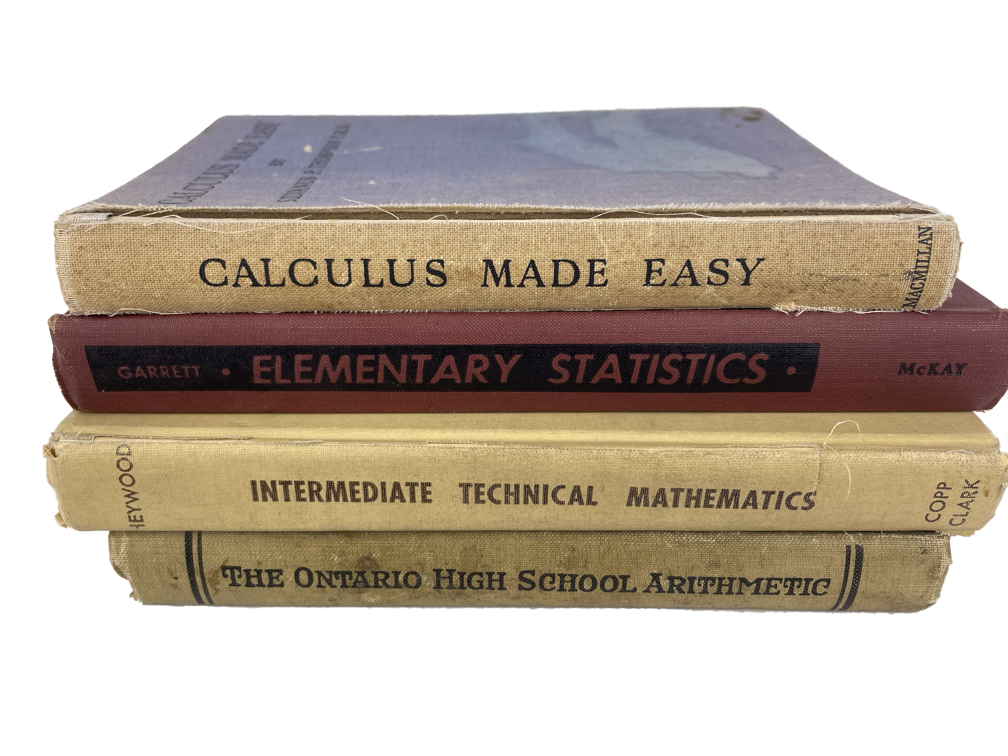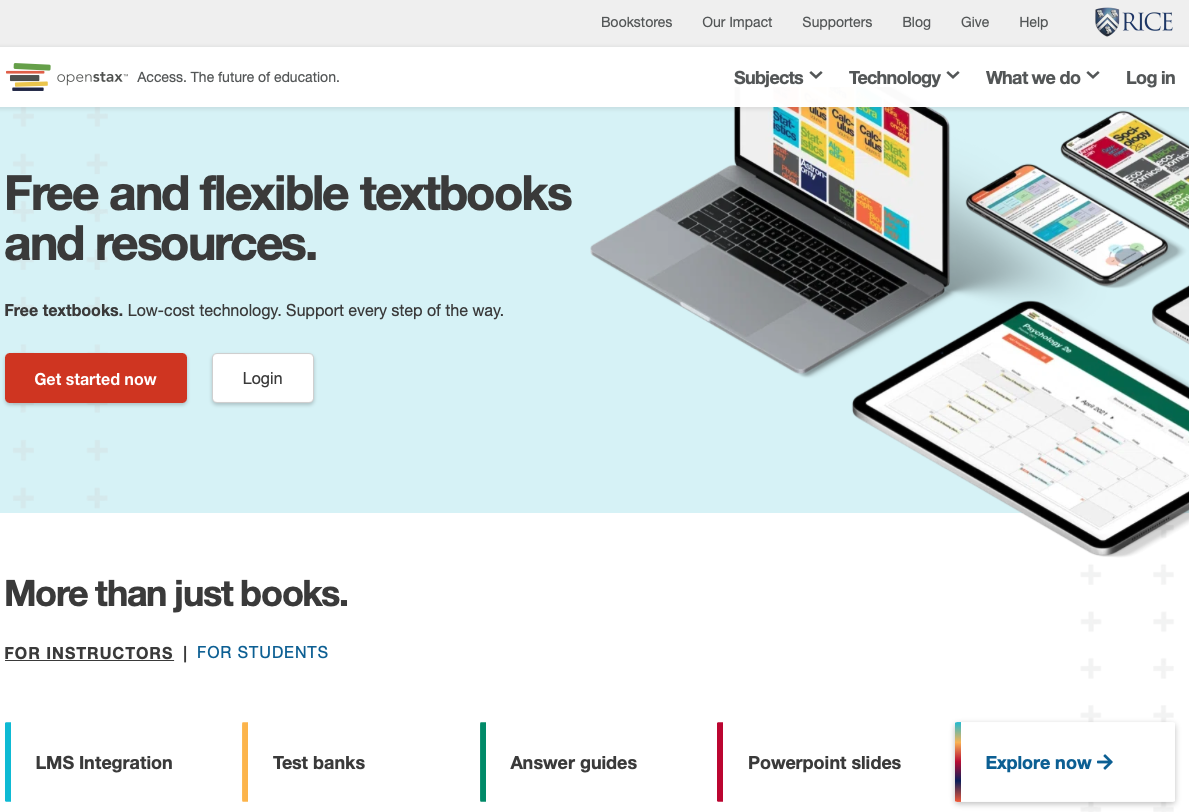The Textbook Package
Modern textbooks, especially in STEM fields, are no longer just a book, but a package of resources. This package generally starts out with a book, and then bundled with instructor resources and often an online assessment system. Together these three components make up the textbook package. Each plays a special role in a course, and can to some degree be mixed and matched. But recognizing them as discrete resources can help you pull the most value from each.
The Textbook
Textbooks have long stood at the core of a course curriculum. They are initially written by a single author, in the style and direction the author typically teaches. Textbooks give students a definitive guide to the course material and a way to practice what they’ve learned; give administrators a point of reference to approve the course material and ensure consistent content delivery; and give faculty a place to start from when creating a course and a reliable resource to pull examples and assignment questions.

Some textbooks start as physical books, laid out and designed for print media, and are then converted to be online. Other textbooks start as online resources and are ported to physical books only when needed. Many of these online first books are able to avoid version fatigue, where they are updated annually to match school calendar. Rather they change typos and issues as they come up, directly in the online version, and only produce a new version when a substantial portion of the textbook is modified. They also provide extensive errata support for those with previously downloaded and physical books.
Instructor Resources
In order to help instructors navigate the textbook, most textbook packages come with some set of resources for the professor. These resources often include lecture notes and/or slides, tests, assignment question solutions and curriculum plans. Although ultimately designed to help make a better course for the students, these resources are available only to the professor.

A person, or community, is often attached to the instructor resources helping to support the material. For large publishing companies this support comes through the publisher representative. For open-source initiates this is generally a whole community of like-minded educators who share ideas and best practices, or even entire courses built to various platforms.
Online Assessment Systems
For students, the online assessment piece is often the most important, as they often must use it to receive grades. Online assessment systems allow students to practice concepts often receiving instant feedback and guidance on their learning. Students are able to access algorithmically generated questions, giving them nearly endless practice and learning opportunities. These system may also provide simulators or online applets to help student learning. Although some of these systems are tied directly to a specific textbook and publisher like Pearson’s MyLab and Cengage’s WebAssign, more options are becoming available, like Khan Academy, Möbius and MyOpenMath that are platform agnostic and simply support material the students are learning.
As these onlineassessments are often tied to course grading systems it is imperative that students have access. Having a free open-source platform makes that cheaper and easier for the students. It is important to remember that if students are forced to purchase the textbook to access the online assessment system for grades then the “value”, both in grades and knowledge gained, should match the monetary cost for all students.
OERs
OERs, or Open Education Resources, add a new dimension to these textbook packages. These are more than just a free textbook. With an OER you can modify content, or pull content from multiple OERs, to create a custom textbook. This might be possible with a single publisher but the library of OERs an educator can pull from can be considered a single publisher. Like other open-source communities there is also a culture of sharing and supporting each other. Most OERs have extensive resources from faculty all over the world. This all means you could create a custom textbook, with a system like LibreText, pair that with instructor resources from a dozen other faculty, and add on your favourite online assessment package, like MyOpenMath.



The Package
When, as faculty, you are thinking about a textbook for a class it is important to remember that there are really three distinct parts, the book, the instructor resources and the online assessment platform. If you start out with a favourite online assessment system, or are inspired by the instructor resources the publisher is selling, you may be limited to a only a few options for the rest of the package. Without either separating these three pieces, or judging the whole package the core content of the course can suffer.


